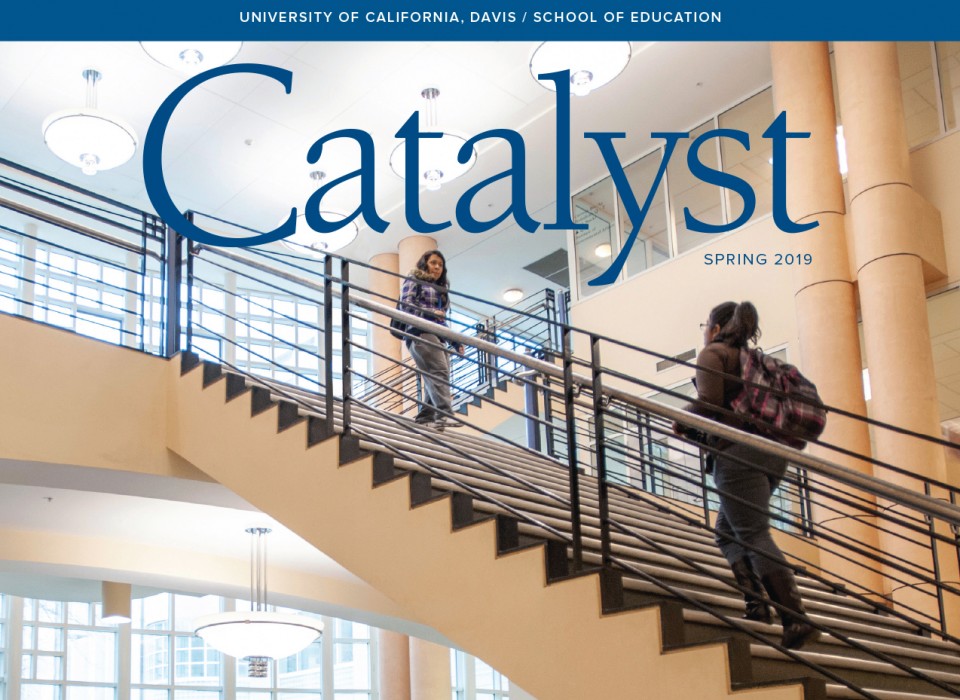Movement of dissolved reactive phosphorous from soils to bodies of water in relation to eutrophication
Student Name: Kristen Chinn
UCD Mentor: Emily Carlson
Dissolved reactive phosphorous (DRP), or soluble reactive phosphorous (SRP), is a nutrient that can flow from agricultural land to bodies of water, causing eutrophication, which poses a threat to the health and efficiency of waterways. In order to prevent eutrophication from harming bodies of water, it is crucial to understand the movement of these nutrients, which was the main objective of this research.
Levels of DRP/SRP were analyzed by studying the sorption and desorption capacities of soils from different areas using the Bridgham et al (2001) method. This study found that sorption and desorption capacities varied between soil samples taken at different locations, indicating the level of effectiveness of different areas at retaining high amounts of phosphorous while releasing very low levels.
The information from this study can be used to evaluate potential areas for restoration based on the soil’s sorption and desorption abilities. In restoring wetland buffers, it is possible to benefit the environment by protecting water quality, using agricultural land more efficiently, managing waterways, and reducing or preventing eutrophication.








